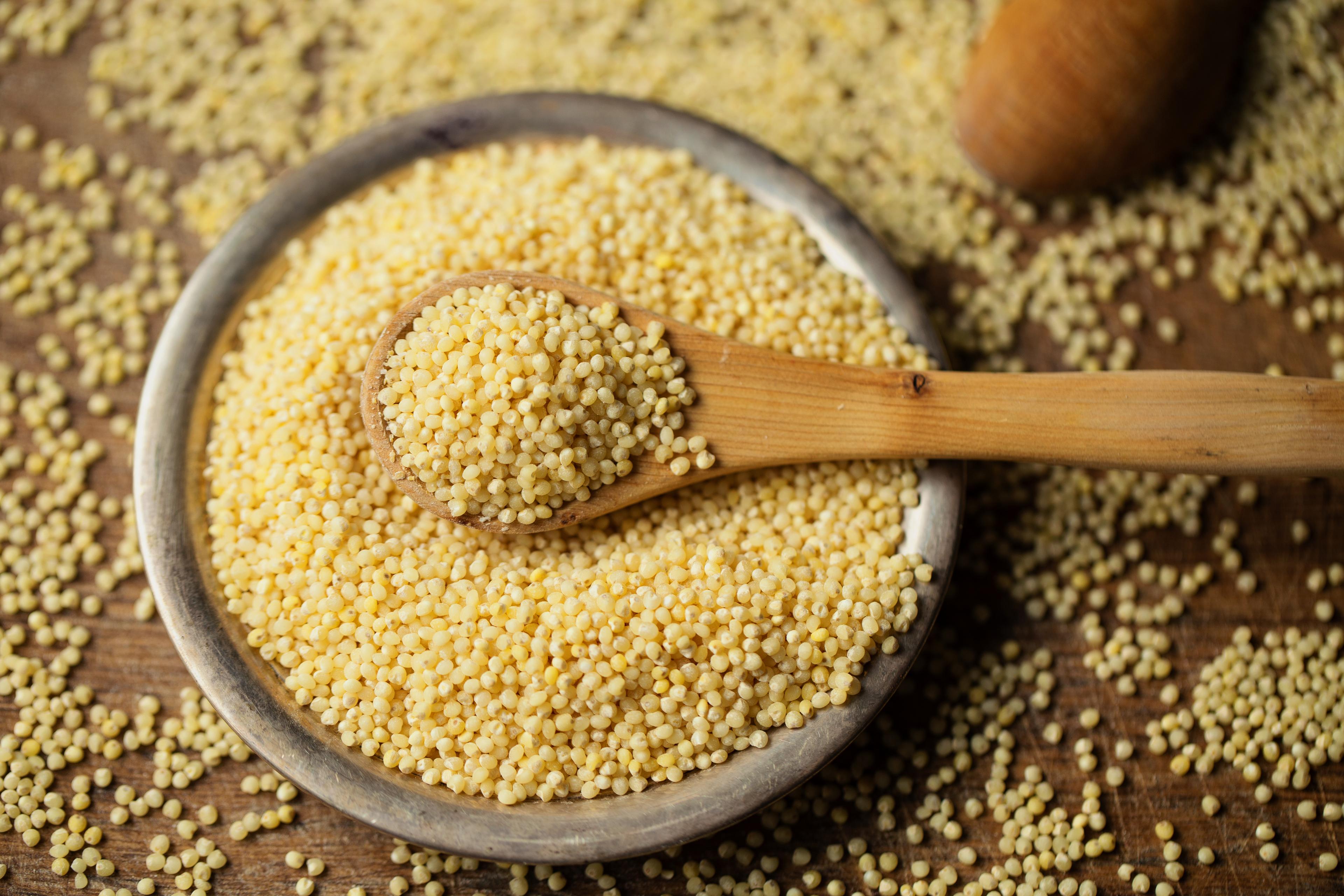A Guide To Fruit: How Much Can People With Diabetes Safely Eat?
2 min read

Q: What are the recommended servings depending on calorie needs for people with diabetes?
A: The National Diabetes Information Clearinghouse (part of the National Institutes of Health) recommends different amounts of fruit depending on how many calories you eat in a day.
- 1,200-1,600 calories per day: Two fruit servings per day
- 1,600-2,000 calories per day: Three fruit servings per day
- 2,000-2,400 calories per day: Four fruit servings per day
A: It depends what kind of fruit you’re talking about. If it’s a round fruit like an apple or orange, it should be on the smaller size—about the size of a tennis ball. For fruit that can be measured by the cup like cubed melon or fresh berries, a serving is one cup.
Q: Is fruit juice a nutritious choice?
A: Unfortunately, not really. Drinking fruit juice doesn’t give you the same nutritional benefits as eating the entire fruit. And it’s tough to stick to four ounces or less, which is all you should be drinking at a time.
A: Unfortunately, not really. Drinking fruit juice doesn’t give you the same nutritional benefits as eating the entire fruit. And it’s tough to stick to four ounces or less, which is all you should be drinking at a time.
A: Some fruit is higher in sugar than others. Recommended fruits for diabetics include cantaloupe, strawberries, clementine, avocado, banana, blackberries and more. If you go with frozen or canned fruit, make sure there aren’t any added sugars (the syrup is often packed with sugar). And when eating dried fruit, keep a close watch on portion sizes—they’re small and one serving (usually just a few tablespoons) and can be eaten really quickly. Try your best to stay away from syrup-filled canned fruit, fruit rolls, regular jam and jelly and sweetened applesauce.
For other advice about what diabetics should and should not eat, check out these blogs:
Photo credit: Didriks









